LEVEL 1
FULL SUN OR PARTIAL SHADE
pH 5.5-6.5
Acidic
FEEDING
Compost or Organic Nitrogen,
PLANTING
Fall through spring, October to April
With a name like “elder,” you know this plant has a storied relationship with people. In fact, all over Europe, elder trees are associated with some kind of spiritual power. In Celtic traditions, they’re thought to house protective spirits. Because of this, people are known to hang branches above their doorways or in their bedrooms. It’s believed that when you cut down an elder, its spirit – the “elder mother” – is released. Depending on how you approached your harvest, including what songs you sang or forgot to sing, she may be friendly or angry.
(Taken from Wild Abundance)
The recent COVID-19 has caused a shortage of elderberry in stores and as many people take up gardening, they are also turning to herbal medicine to support the immune system. It is no surprise that many are looking to add an elderberry tree to their growing space. These large shrubs are very beautiful and ornamental looking especially when flowering and when the berries are ripe. Low Desert and Southwest Desert gardeners can also grow elderberry with a few helpful tips.There are several species of elderberry.
- Sambucus nigra is commonly known as European Elderberry. It is a much taller variety than Sambucus canadensis growing to a height up to twenty feet. European elder also blooms sooner than the American Elderberry in late April or early May.
- Sambucus canadensis or America Elderberry. American Elderberry grows wild in fields and meadows and grows to a height of a small tree, ten to twelve feet tall. Blooms in May-June and ripens in August-September. Blooms are white and the fruit is dark black. Different varieties perform better in some climates than others. In desert climates, look for varieties that work best for the growing conditions. Will fruit in its first year of growth.
- Sambucus racemosa is the red elderberry and is poisonous.
- Sambucus Mexicana/ cerulea. After much research, it is still unclear if Mexicana and caerula are the same or different. They are both native to the South-Western region of the United States. Commonly known as Mexican elderberry or Tapiro it will grow to about twenty feet tall. It is fast-growing, tolerant of a number of climates and moisture levels once established. Flowers are white, cream or purple. In the wild, it can often be found growing in areas of chaparral, sage scrub, grassland, and riparian areas. It flowers May to September and fruits from July through October.
We will be focusing on the edible types of elderberry; Sambucus nigra, Sambucus canadensis and Sambucus Mexicana. Elderberry is in the honeysuckle family. The roots and stems are very toxic, however, the flowers and berries are used medicinally.
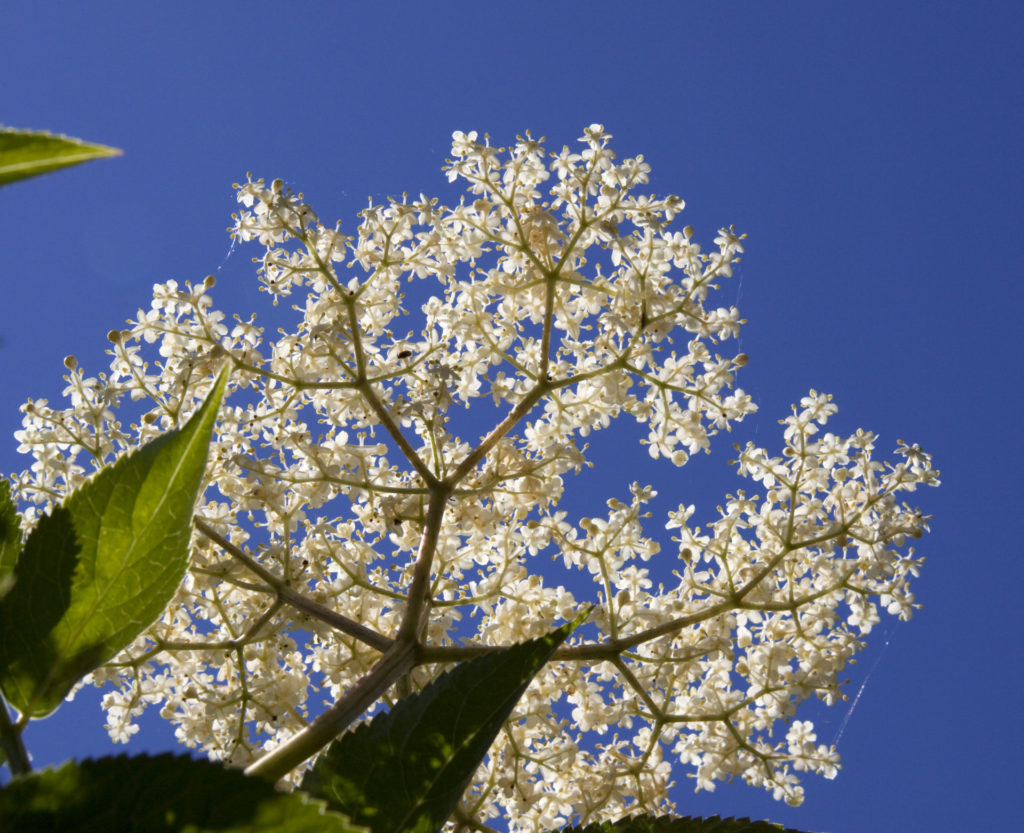
VARIETIES
European Elderberry
Not suitable for the Arizona low desert unless as an experimental grower. Other semi-desert regions may be ok. These can be purchased from Proven Winners.
Black Lace: One of the most sought after nigra types due to its striking appearance. Black lace has dark lacey foliage and big pink and white flowers. It requires a pollinator plant and the best choices are Laced up, Black Beauty and Instant Karma.
Instant Karma: Variegated foliage and shade tolerant. Compatible with Laced Up, Black Beauty and Black Lace.
Laced Up: An upright growth pattern with dark foliage and large pink umbels of flowers.
American Elderberry
These American varieties are available from Stark Bros and are best suited to the desert conditions. Descriptions of the varieties are as described per the Stark Bros website. It is recommended to get two compatible varieties for cross-pollination.
Bob Gordan: Sweeter and bigger berries than other elderberries. Discovered in 1999 in Osceola, Missouri. Contain more than four times the antioxidant value of cherries. Strong, productive plants are easy to maintain and produce large, ¼” elderberries for pie, jam, wine, and syrup. After plants go dormant in fall, mow them and then harvest fruit the next year on primocane stems. Some resistance to Japanese beetles. Bird damage is somewhat naturally mitigated by the hanging flower heads, but it’s wise to net the plants before the fruit ripens in July. Best pollinator: any other elderberry variety.
Wlydewood: A new variety that’s big on yield. Huge flower heads are a full 2” wider than existing varieties, producing foot-wide pompoms of wonderful, lemony blooms in June. Blessedly forgiving of poor soils, and extremely cold-hardy — even grows well in partial shade. Generous harvests of small, nearly-black, sweet drupes make delicious jams, jellies, and wine, and are a great source of vitamin C. Some claim elderberries also have anti-viral properties. Allow fruit to ripen on the bush, then snip the whole cyme, strip the berries into a bowl and keep refrigerated. Ripens in August. Deer-resistant. Best pollinators: Ranch or Bob Gordon are both compatible pollinators for the Wyldewood.
Ranch: Great choice for climates with wide temperature swings. Semi-spur-bearing plant, which means lots of production. Has an upright vs. bushy growth habit. Extremely tolerant of non-fertile soils, and is drought-tolerant and cold-hardy. No ladder required for harvesting, as this bush only grows to be 5-6’ tall. Pest- and disease-resistant, especially in the Northeast region. Netting two weeks prior to ripening is necessary to prevent birds from plundering the harvest. Ripens in late August/early September. Best pollinators: Nova or York.
Mexican Elderberry
While there are a few different varieties in this species, there is little documented information available about different types. The USDA Nature Resources Conservation Services states the following: “Blueberry elder, elder, blue elder, Arizona elderberry, American elder, sweet elder, wild elder, flor sauco, tree of music, Danewort, Walewort, New Mexican elderberry, velvet-leaf elder, hairy blue elderberry, and dwarf elder. Synonym: Sambucus caerulea Raf. (the epithet sometimes spelled “cerulea” or “coerulea”). Taxonomically, there have been recent changes in this elderberry species. It was previously divided into Sambucus coriacea, Sambucus orbiculata, Sambucus velutina, and Sambucus caerulea (Munz 1968). This species is known in some floras as Sambucus mexicana.” Mexican elderberry is self-fruitful, only one plant is needed to produce berries.
Root Stock
No information could be found about grafting onto rootstock. Typically grown from seed or cuttings.
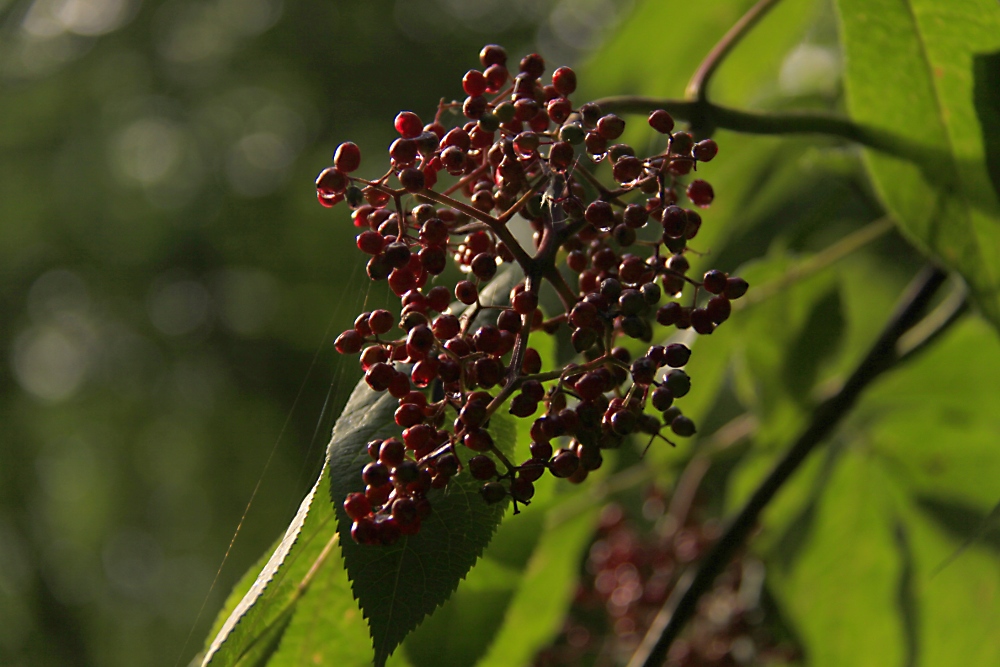
HOW TO PLANT
- Elderberry prefers fertile soils that are well-draining and acidic. Use larva rock to help with drainage at planting. In the hot desert climates, it is best to give it sufficient water until it gets well established. Mexican elderberry will be drought tolerant once established.
- Plant them in well-amended soils with compost and do not fertilize the first year, other than using humic acids, liquid seaweed, and mycorrhiza.
- Mexican elderberry, however, is tolerant of clay and can be planted in Native Clay.
- Full sun is best, but some varieties do well in partial shade. Also, young plants may need some dappled shade for the first couple of years as they get established in our desert climate.
- Two different varieties will be needed when planting to help with cross-pollination. This does not apply to Mexican elderberry. They should be planted about six feet apart.
- They are shallow root shrubs. Do not allow to dry out in the summer or when flowering. This will affect fruit production.
- American and European Elderberry are best grown from cuttings. Mexican elderberry is best grown from seed.
To Grow From Seed
Buy dry seed from Strictly Medicinals or grow from overripe seed. Mashup and place in some water. The seeds will separate and sink to the bottom. Place the seeds on well-drained soil that is kept moist. Germination from seed takes about three months. Best planted in fall.
To Grow From Cuttings
In the fall take 10-inch hardwood cuttings from older wood with several leaf nodes. Two leaf nodes should sit below the soil with one set above the soil. A very well-draining mix is required. 50% perlite to 50% of soil. Place the cuttings in the pot the correct way up. They will develop leaves first before they develop roots. Roots will develop about a month later.
FEEDING AND FERTILIZING
- Feed in the spring with compost or organic nitrogen. Use a cup for established trees and less for smaller trees. We recommend Earth’s Original Organics
- Regular feedings of humic acid and liquid seaweed from late spring through the summer will be beneficial to avoid summer heat stress and maintain acid soil.
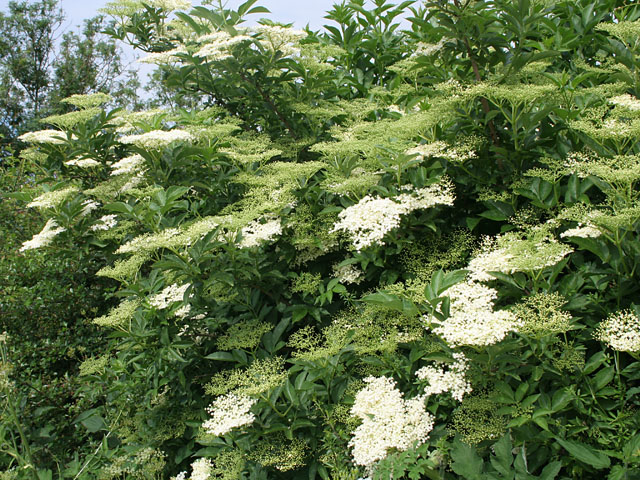
WINTER/SUMMER CARE
- Keep well watered in summer, but ensure there is good drainage.
- Prune when dormant in winter.
POSSIBLE ISSUES
- Root Rot: While they need consistent watering as they get established, if soils are not well-draining root rot could result especially in cold wet winters.
- Birds:Birds love elderberry. Fruit should be protected at the first signs of ripening. Cover the tree in tulle or use organza bags to protect bunches of berries.
HARVESTING
Harvest the flower heads and use for fritters, mead, elderflower champagne, tea, jellies, and facial toners. Do not pick more more than 1/3 of the blossoms. If it is over-picked, the tree will try to re-flower, and that will use up a lot of the plants energy.
Harvest the berries when completely ripe for elderberry syrup, jam, and pies. We recommend a berry picker for easy picking. Fully ripe berries will be softer. Berries that are not completely ripe will cause upset stomachs.

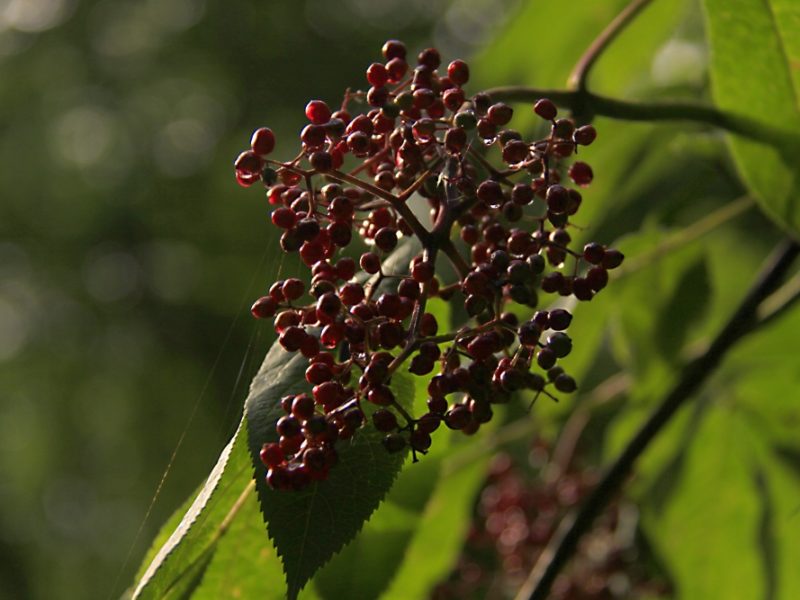
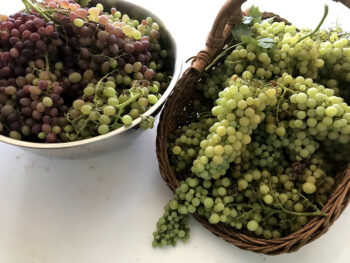
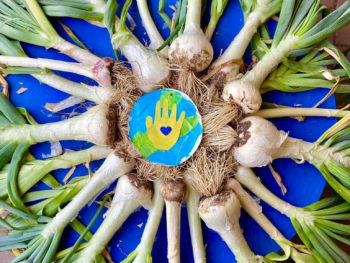
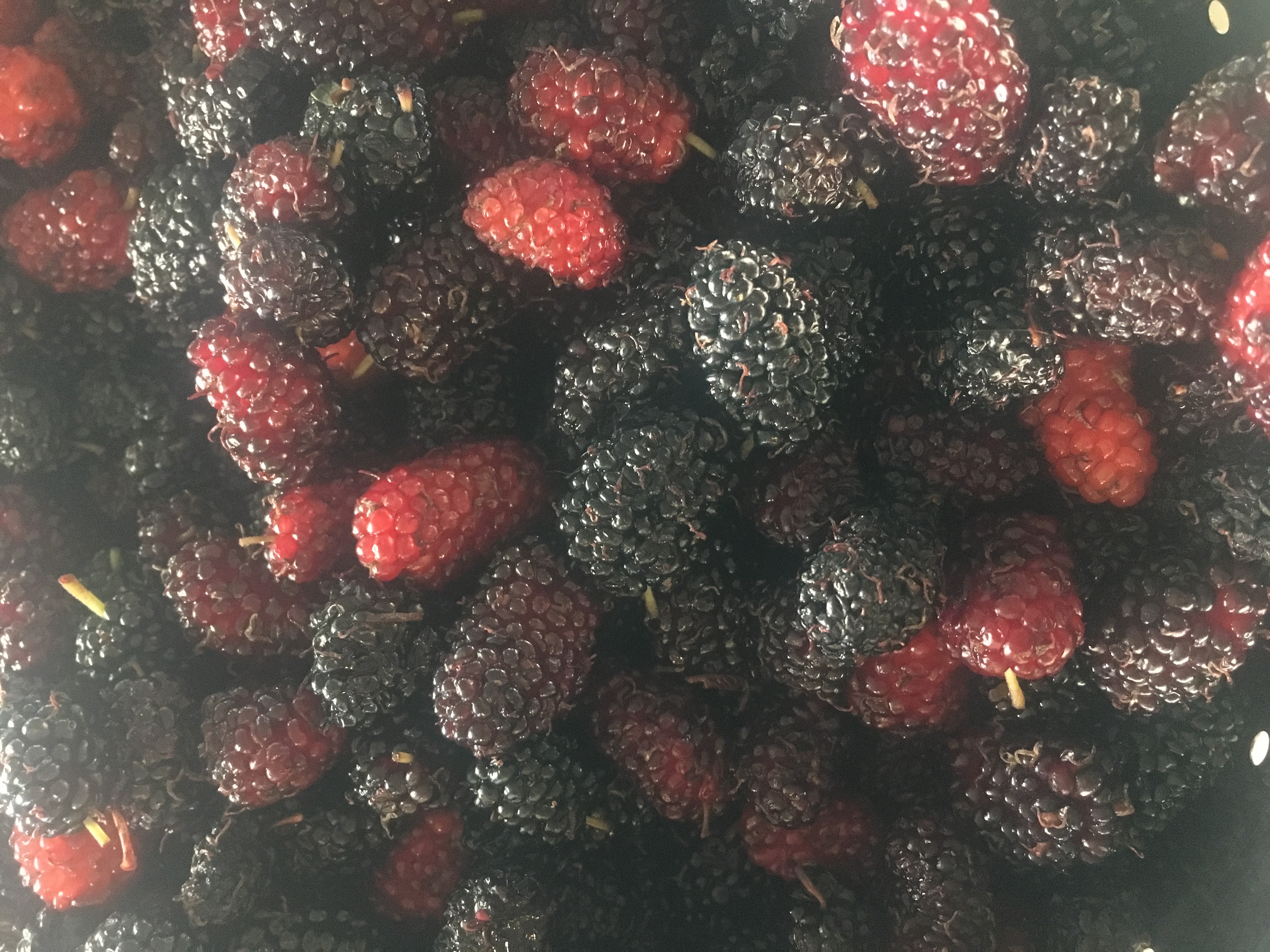
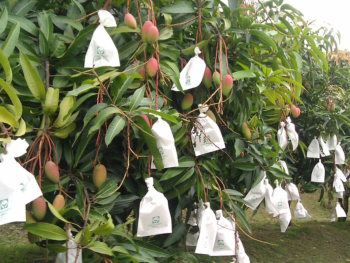
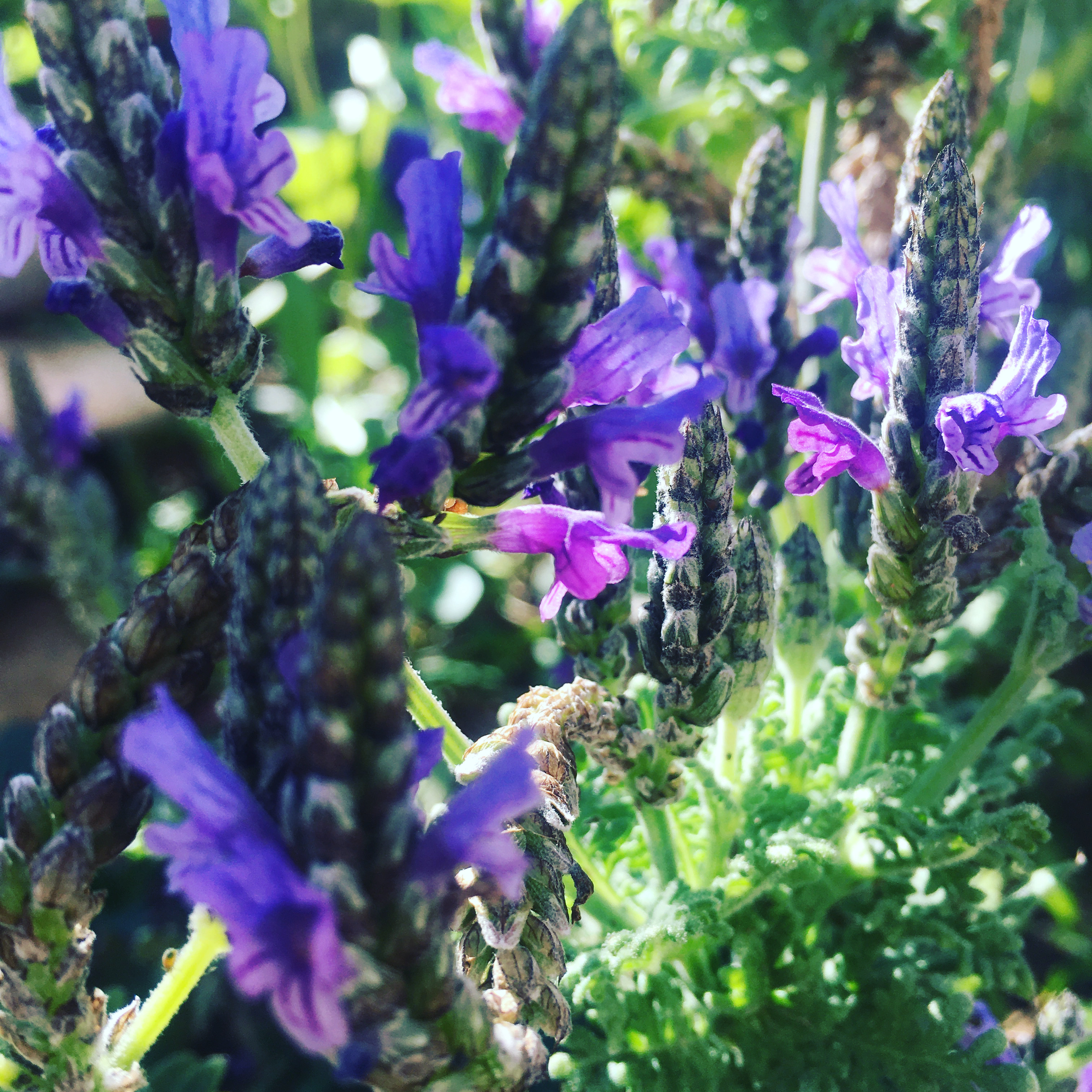
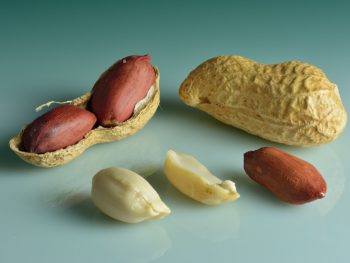
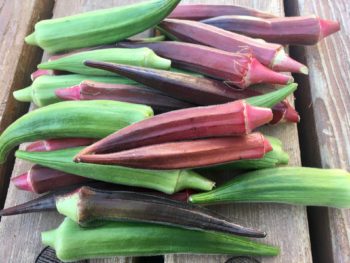
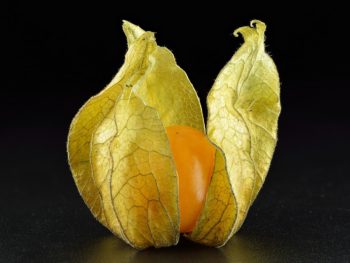
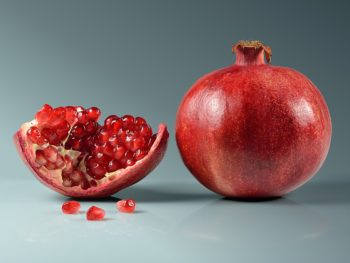
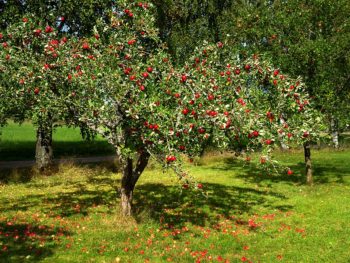
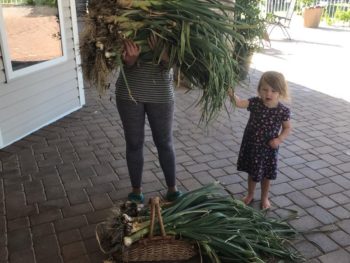
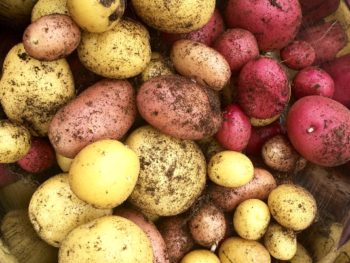
 Preserving Herbs
Preserving Herbs